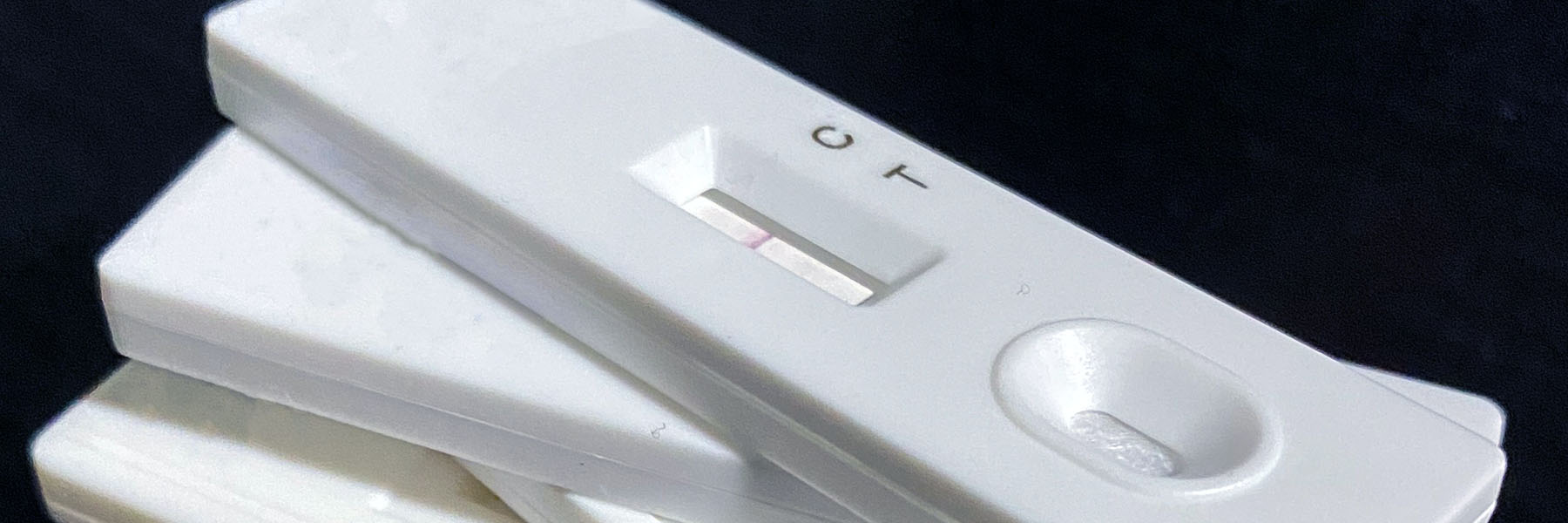New research by a team at York University addresses limitations of current rapid antigen tests, reducing the potential for false-negative results.

Rapid antigen tests, like the COVID-19 home test, use a technology called lateral flow immunoassay (LFIA), where a biological sample is placed on a strip of paper-like membrane and flows along this membrane to display a positive or negative result, generally within a few minutes. This kind of test has many advantages, namely simplicity and low cost, and it’s used for a variety of other infectious diseases; but a major limitation of LFIA is its low sensitivity, giving too many false-negative results.
New research by a team of chemists at York University comprised of Banting Fellow Vasily Panferov and postdoctoral Fellow Nikita Ivanov and led by Distinguished Research Professor Sergey Krylov in the Department of Chemistry, has now addressed that limitation by inventing an enhancement step for LFIA, whereby the sensitivity is increased by 25 to near 100 per cent. This step could be performed by an untrained person, in a matter of two minutes.
“Increasing diagnostic sensitivity of LFIA is an urgent and very important task in containing the spread of infections,” said Krylov. “If we think about COVID-19 for instance, about 40 per cent of those who are infected with the virus and have symptoms would test negative the first time. In a day or two, when the virus has multiplied to a very high level, they will get positive results, but it may be too late for preventing disease spread as the person may have not self-isolated.”
Krylov’s team developed their enhanced test and proof of concept for the hepatitis B virus; they were able to increase the diagnostic sensitivity of LFIA from 73 to 98 per cent while not affecting its 95 per cent specificity. The test requires a tiny drop of finger-prick capillary blood, making it practical for use on babies born from infectious mothers, for example.
The team’s enhancement step involves a simple procedure with low-cost accessory equipment that could be done in a primary care setting or lab to generate quick and reliable results. It involves adding a standard nanoparticle mixture and applying voltage to the strip ends (a process called electrophoresis). The electric field moves the immunocomplexes through the test strip so that they pile up on each other, enhancing the signal on the test (a darker positive line if the person is infected).
“The test would be done in two stages: the patient does the test as they normally would, and then if it’s negative or faintly positive, the enhancement step is performed,” said Krylov. “This could significantly reduce the workload of hospital testing facilities and facilitate more affordable diagnostics in resource-limited settings.”
Krylov noted that the same concept could be applied for sensitive testing in the food and beverage industry for contamination by toxins produced by bacteria.


